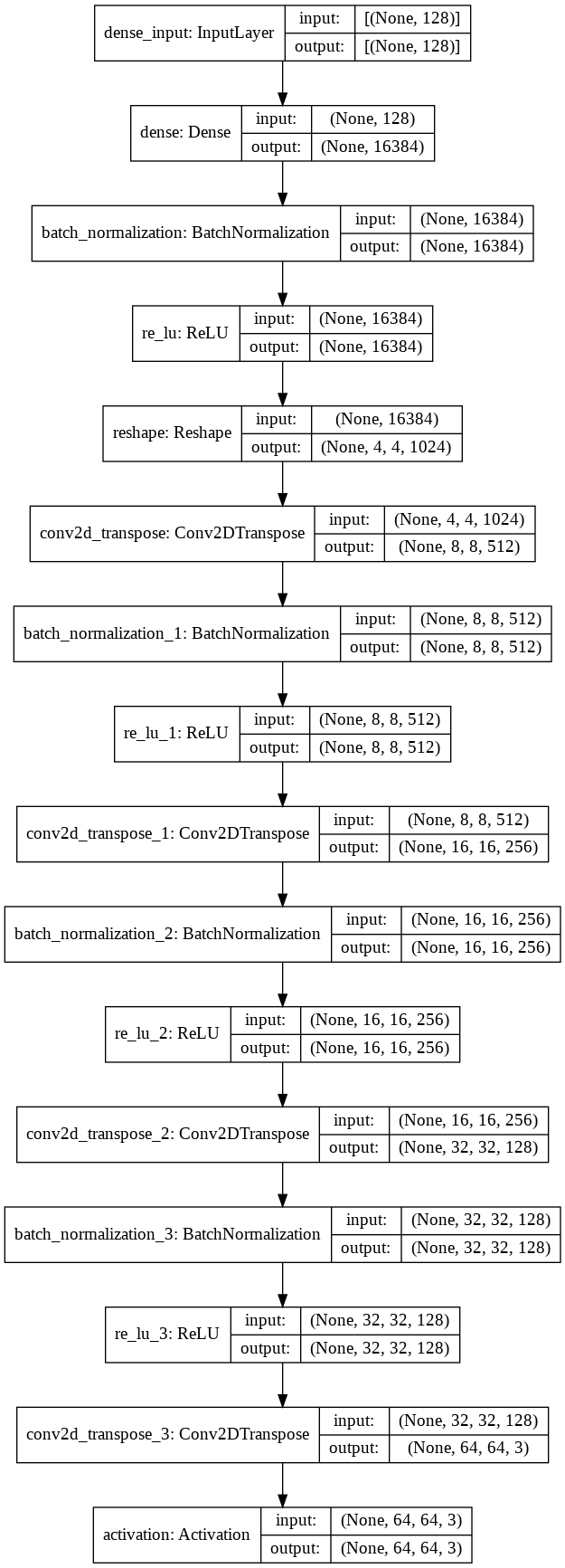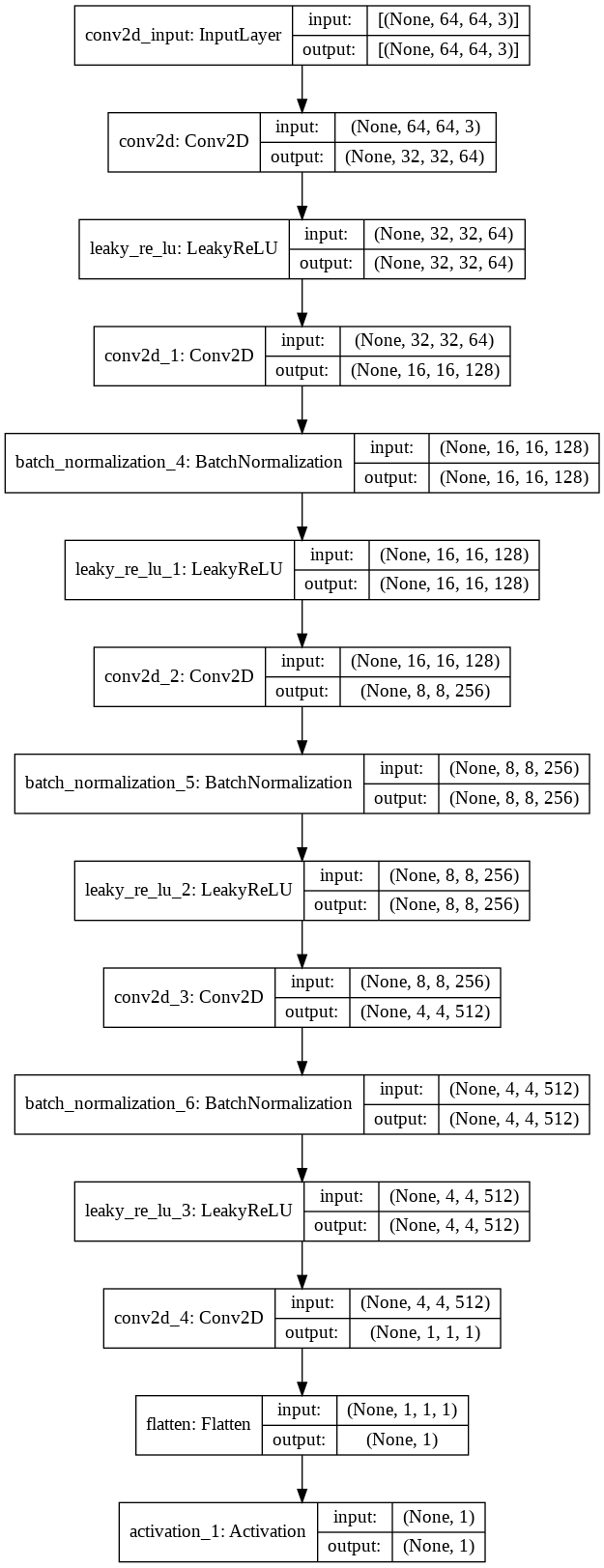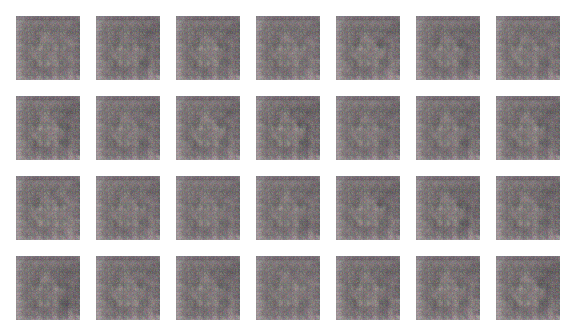Generating anime faces using a Deep Convolutional Generative Adversarial Network (DCGAN).
Here are a few images generated by the DCGAN ⬇️

The dataset is taken from Kaggle over here. The data was obtained from www.getchu.com and processed using a face detector based on the repo https://github.com/nagadomi/lbpcascade_animeface. The dataset contains images of size 64 by 64 pixels.
- The objective of the project is to generate images of Anime faces using a Deep Convolutional GAN.
- The DCGAN has two networks, the 'generator' and the 'discriminator'.
- The generator takes in a random vector which then uses transposed convolutions to generate an image out of it.
- The discriminator is a Convolutional network which then classifies whether an image is real or fake. It takes in samples of images from the dataset and also images generated by the generator.
- Both networks try to improve each other's performance through backpropagation.
The architecture is inspired by the original DCGAN paper. However 'one-sided label smoothing' has been added to prevent the discriminator from overpowering the generator. The weights for the generator and discriminator can be found here
The generator takes in a 128 dimensional noise vector sampled from a normal distribution of zero mean and unit variance N(0,1).
It is then followed by a Dense layer of 4x4x1024 units and reshaped to (4,4,1024).
Then a few transposed convolutional layers are followed which then results in an image of size (64,64,3) with pixel values of the range [-1,1]
due to a tanh activation.

The discriminator is similar to a image classification CNN which takes in an image and outputs the probability of it being real.

Note: for running on a GPU instance you will require to download the respective CUDA and cuDNN (if the GPU present is CUDA compatible) versions to work with tensorflow. CUDA compatibility can be checked here
- Clone the repository
- Download the dataset from here into the same directory as the cloned repo (only required if training from scratch)
- Download the trained weights from here for testing
- Open anaconda prompt and cd into the repo
- Run
conda env create -f environment.yml - Run
conda activate DCGAN - Run
python -m ipykernel install --user --name=DCGANto list it in the jupyter notebook's kernels. (Runconda install -c anaconda ipykernelin case ipykernel not installed) - Run
jupyter notebookand make sure you are using the kernel 'DCGAN' - Run the notebook
DCGAN.ipynb
Note: It is advised to train the model on a GPU. Training on a CPU can be time consuming.
- The original DCGAN research paper https://arxiv.org/abs/1511.06434
- Tip for label smoothing https://towardsdatascience.com/gan-ways-to-improve-gan-performance-acf37f9f59b
- Google Developers tutorial on generative adversarial networks https://developers.google.com/machine-learning/gan

